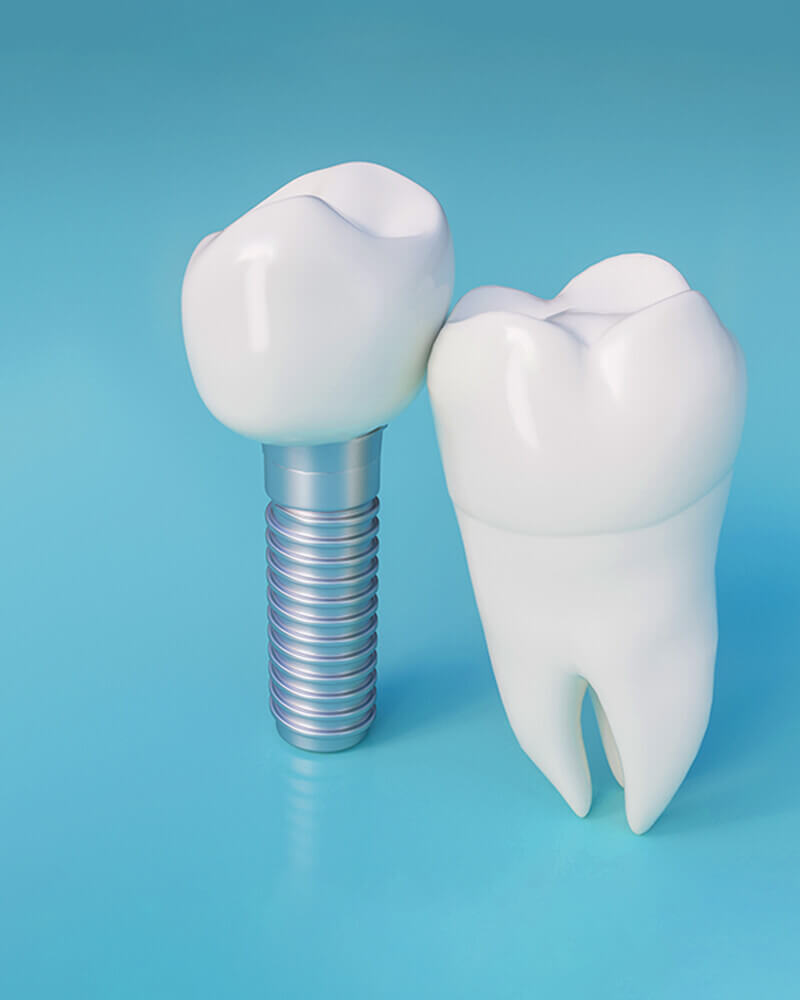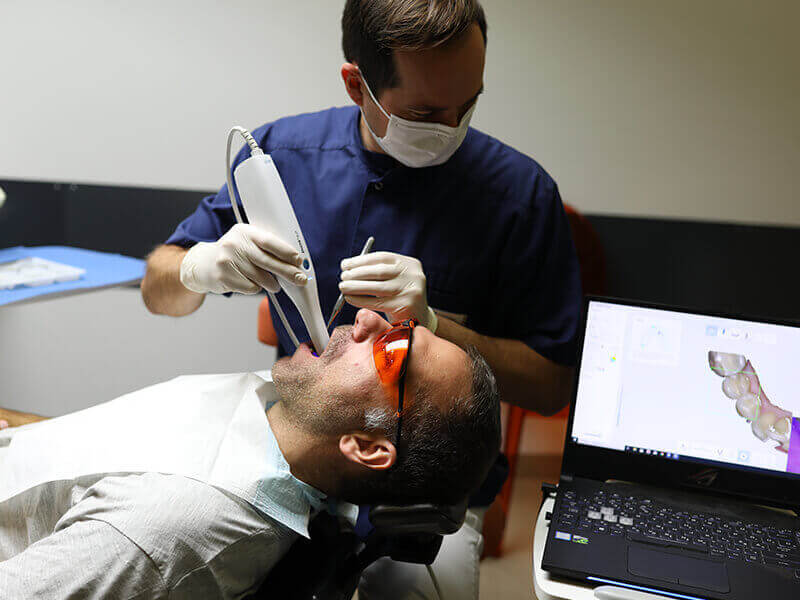In the previous post, we had a small introduction into how digitalization changed the world of dental technicians. Let’s see how deep the rabbit hole goes, and what secrets we can learn about this profession. Once again, our guide will be István Francsovics, dental technician and head of the laboratory at VitalEurope.
Having a tooth replacement 10-20 years ago was quite visible, and hard to keep a secret. Nowadays this has all changed, thanks to the evolution of dental treatments. Aesthetic and functional requirements changed a lot, and so did the job of dental technicians.
Screw instead of glue

How to make digital smiles 

Besides the fixing mechanism and the materials used, the way of creating restorations has also changed. Digitalization changed almost every stage of tooth replacement, from the first step to the last. The rise of oral scanners (more information available here) redefined how a replacement fits into the mouth.

On top of that, we can forward the scans from the surgery to the laboratory in an instant, so the technicians can start working immediately. Unsurprisingly, the planning phase also involves computer programs.
„During the planning phase we need to check the depth of the implant, the angle, and the available space between the jawbones. If the restoration is covered in porcelain, we need to make the frame smaller, so the finalized crown fits perfectly. A 5 axis milling machine drills out the frame, which gets in porcelain. The final touch is to paint the surface of the crown based on the photos taken by the dentist. Once this is done, the crown will look exactly like the other teeth in the mouth.”
Harder, better, faster, stronger
Besides digital impression taking and manufacturing, 3D printing is becoming more and more popular. We use 3D printers to make trays for guided implantation, orthodontic appliances, and anatomic bite models. It is important however, that these technologies and machines will never replace humans in dentistry. „Each technician should study digital technologies, as they are very handy tools. However, all they provide is a crude frame that still needs to be perfected by the dental technician. In order to reach the best results, technician must still do their utmost best. I would say it’s 40% manual skill, and 60% diligence.” All this serves a single purpose, to provide faster and better solutions to every patient.
Thanks to digitalization, we also reduced our the amount of waste we generated. Today, if we take an impression of a tooth on Monday, the patient can enjoy their new teeth by the end of the week.
